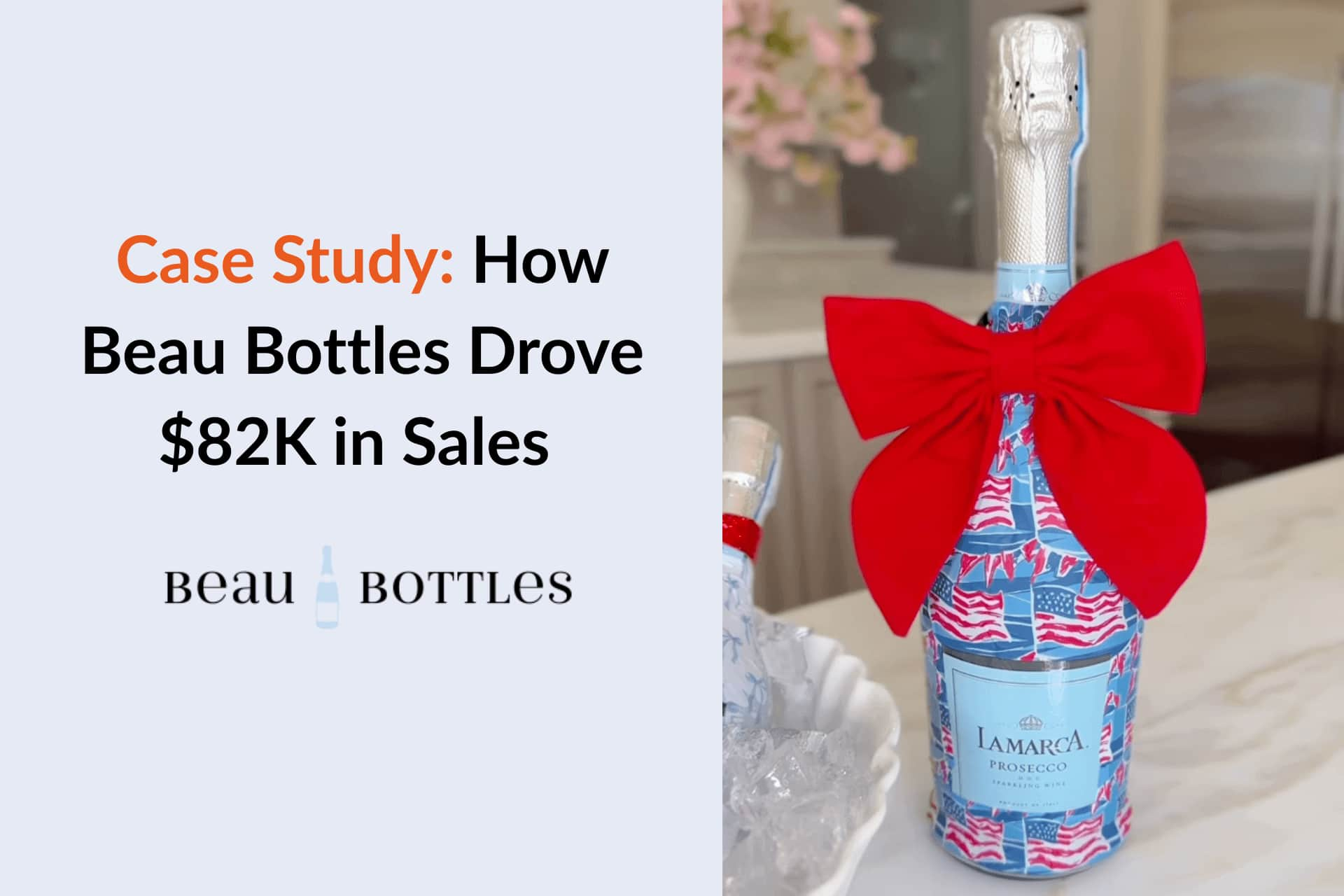





As the data and insights shared in this case study are confidential and contain business sensitive data, the underlying brand prefers to stay anonymous.
This case study is based on a real business case and is put together with the management team of the underlying brand and will provide you with a unique view into an influencer marketing driven D2C brand from inception to 7 figures in revenue using the Influencer Hero platform.
The initial approach of the brand was as following:
1. Sourcing Influencers: Done manually, looking up influencers which fit their brand through Google and using the “similar” drop down in the Instagram platform.
2. Reach Out: Done manually, setting out an outreach template and sending out emails one by one and sending messages through Instagram DM
3. Result: The first batch of influencers perform well. Offering the influencers 10% affiliate commission + 10% discount code and the product for free the performance of the first 5 influencers looked as following:
In 2020 the business KPI’s of the brand look as following:
Using these numbers this translates into the following numbers:
As the number of influencers they could potentially work with seemed to be very large the logical conclusion was to scale.
“The first part which needed to be automated was the outreaches and keeping track of the communication. “The spreadsheet we were using to keep track of the communication as well as the performance became so large that it was very difficult to keep the overview”
They recognised quite fast that they would need a solution which would integrate both the reach out, communication and tracking capabilities. As a small business they had difficulties finding an influencer management platform which was affordable and offered the features they needed.
All the large vendors started at around $2K / month with annual or semi-annual commitments. Until someone from their network recommended Influencer Hero. The platform offered all the features which the other vendors such as Grin or Creator IQ offered but starting at only $249 / month.
“In short we were able to scale our influencer marketing efforts at lightning speed. We could quickly identify the influencers we wanted to work with and reach out to hundreds of influencers with a click of a button. The Influencer Hero Kanban dealflow overview provides a structured overview of the entire campaign and we could create affiliate links and discount codes directly through the platform. Product send outs and processing payments are all automated which enabled us to increase the number of influencers we work with drastically.”
As outlined in the ultimate Influencer Marketing guide, they followed the same strategy which resulted in significant success for many brands.
Read a step-by-step guide to implement the same strategy and how to set up your influencer marketing program here.
In 2022 the business KPI’s of the brand had improved as following:
“By working with a large number of influencers we could quickly identify the influencers which were able to sell a lot of products. We invited these influencers to our seasonality campaigns were we offered a special discount. These seasonality campaigns had the biggest impact on our growth”
What is important to understand is that in the initial phase the brand is only looking to identify the influencers who are able to sell a large number of products to their audience. Despite the very attractive ROAS in the testing phase the biggest ROI and benefits from running a successful influencer marketing program come from your seasonality campaigns.
By working with a large number of influencers the brand has accumulated a tribe of high performing and medium performing influencers which they can now invite to each of their seasonality campaigns.
Read more about Influencer Seasonality Campaigns and How They are Managed here.
See below an example of one of the high performing influencers.

This single influencer referred almost $400K in total revenues since inception. With a total compensation of $22K this comes down to a ROAS of 17.5X. Inviting these high performing influencers during your peak selling seasons can result in extraordinary results.
“By inviting our top performing influencers to our Black Friday campaigns we were able to achieve highly lucrative ROAS at scale.”
During their Black Friday campaign they invited 75 high performing influencers and 222 medium performing influencers which resulted in $475,584 in total revenue during November and December with an average ROAS of 9.1X. See an overview of their Black Friday campaign below.
HPS stands for high performing influencers, MPS stands for medium performing influencers and GPS stands for lower performing influencers.


What you can see from the charts above is that the performance is not equally distributed. It is very important to understand that with influencer marketing a smaller percentage of performing influencers contribute significantly to your revenue. Influencer Marketing follows a Pareto Distribution. If you are limited in resources this means that you should focus on your top performing influencers to achieve the best results.
Read our detailed post on Influencer Marketing following the Pareto Distribution and how to best manage this here.
From this case study you can see how Influencer Hero can help to scale your influencer marketing strategy. We hope that the underlying numbers will help you to set up your influencer marketing program and get a better understanding of the unit economics.
“As a bootstrapped e-commerce business we always had to work with limited budgets and we wouldn’t have been able to build up our business without the help of Influencer Hero”.
Read a step-by-step approach for creating a performance-driven influencer marketing program in our Ultimate Influencer Marketing Guide here.



Schedule a Demo with one of our media experts below.